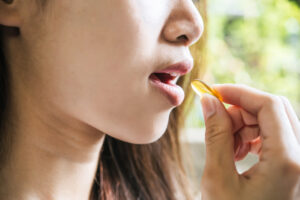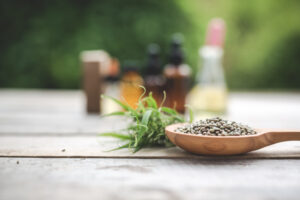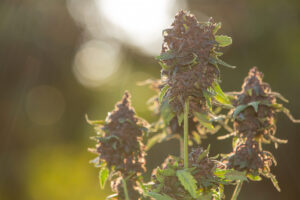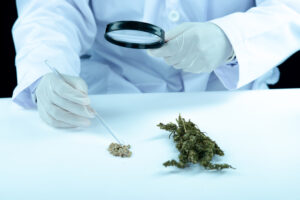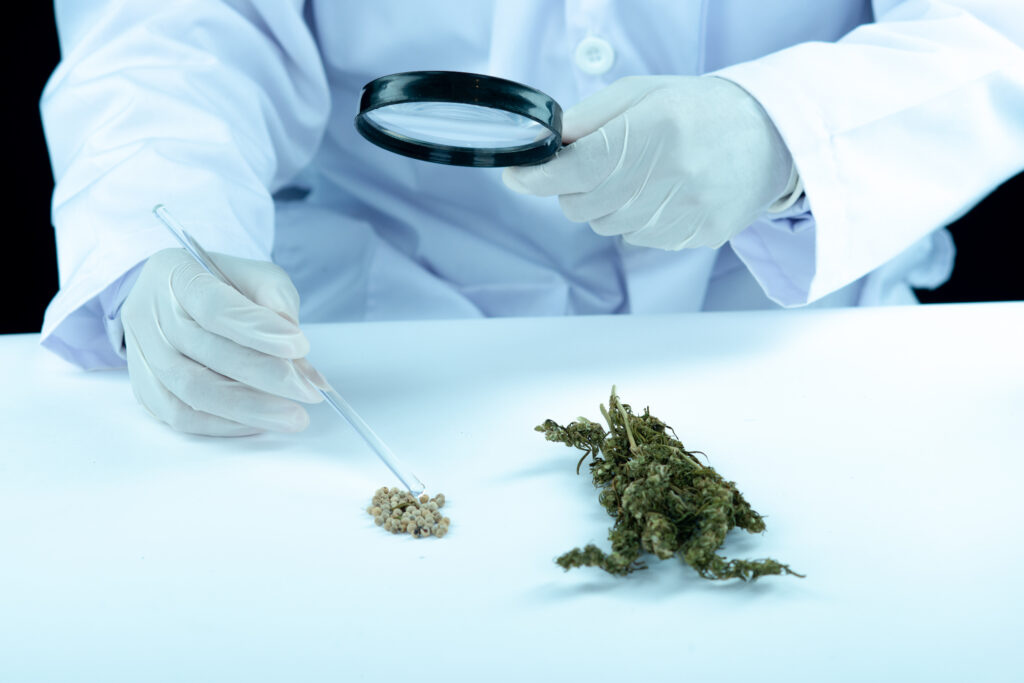
THCA (tetrahydrocannabinolic acid) flower is becoming increasingly popular due to its versatility and potential health benefits. Unlike THC, its psychoactive counterpart, THCA needs to be converted through heat to deliver its effects. This article explains the best ways to use THCA flower to maximize its effectiveness, whether for medicinal or recreational purposes.
What is THCa Flower?
THCA (Tetrahydrocannabinolic Acid) is a non-psychoactive cannabinoid found in raw cannabis plants, including THCA flower. Unlike THC, which produces a high when heated or decarboxylated, THCA doesn’t induce any mind-altering effects in its natural state. THCA has become popular for its potential therapeutic properties, including anti-inflammatory, neuroprotective, and pain-relief benefits. It’s considered a precursor to THC and converts to THC when exposed to heat, such as when smoking, vaping, or cooking.
Many people use THCA for its wellness potential without the intoxicating effects associated with traditional cannabis. Its therapeutic applications are gaining recognition in the wellness community as a more subtle, non-psychoactive alternative to THC.
How to Use THCA Flower for Maximum Effectiveness
THCA (Tetrahydrocannabinolic Acid) is a non-psychoactive cannabinoid found in raw cannabis plants. To maximize its potential benefits, consider the following methods:
- Smoking or Vaping:
- Smoking: Grind the THCA flower, roll it into a joint, or pack it into a pipe or bong. Light it gently to avoid burning too quickly, allowing for even heating.
- Vaping: Use a vaporizer designed for flowers to heat the THCA without combustion, preserving its potency and flavor.
- Cooking and Edibles:
- Decarboxylation: To activate THCA into THC, heat the flower at a low temperature (around 220°F or 104°C) for 30-45 minutes.
- Infusions: After decarboxylation, infuse the activated THCA into oils or butter for cooking or baking.
- Juicing:
- Raw Consumption: Juicing fresh THCA flower allows for the intake of cannabinoids without heating, preserving their non-psychoactive properties.
- Topicals:
- Infused Products: Apply THCA-infused lotions or balms directly to the skin for localized relief, such as reducing inflammation or soothing muscle pain.
- Dosage Guidelines:
- Start Low: Begin with a small amount to assess your body’s response, especially when trying a new consumption method.
- Gradual Increase: If needed, gradually increase the dosage to achieve the desired effect, always staying within recommended limits.
By following these guidelines and selecting products from reputable brands, you can effectively incorporate THCA flower into your wellness routine, ensuring safety and maximizing its potential benefits.
Combining THCA with Other Cannabinoids
Combining Tetrahydrocannabinolic Acid (THCA) with other cannabinoids, such as CBD and THC, may produce synergistic effects, enhancing therapeutic outcomes beyond what each compound offers individually.
- THCA and CBD:
- Entourage Effect: The interaction between THCA and CBD may create a synergistic effect known as the “entourage effect,” where the combined compounds produce a more significant therapeutic benefit than when used separately.
- Complementary Properties: CBD is known for its anti-inflammatory and anxiolytic effects, which may complement THCA’s potential benefits, leading to enhanced overall therapeutic effects.
- THCA and THC:
- Balanced Effects: Combining THCA with THC may balance the psychoactive effects of THC, potentially reducing anxiety or paranoia associated with higher THC doses.
- Enhanced Therapeutic Potential: The combination may offer a broader range of therapeutic effects, including pain relief and anti-inflammatory benefits, by leveraging the unique properties of both cannabinoids.
- THCA and Minor Cannabinoids:
- Synergistic Interactions: Combining THCA with other minor cannabinoids, such as CBG or CBC, may produce synergistic effects, enhancing the overall therapeutic potential of the cannabis product.
Considerations:
- Individual Responses: The effects of combining cannabinoids can vary among individuals. It’s essential to start with low doses and monitor personal responses.
- Consult Healthcare Professionals: Before combining cannabinoids, consult with a healthcare provider to ensure safety, especially if you have underlying health conditions or are taking other medications.
While combining THCA with other cannabinoids may offer enhanced therapeutic benefits, more research is needed to fully understand these interactions and their potential applications.
Benefits of THCA Flower
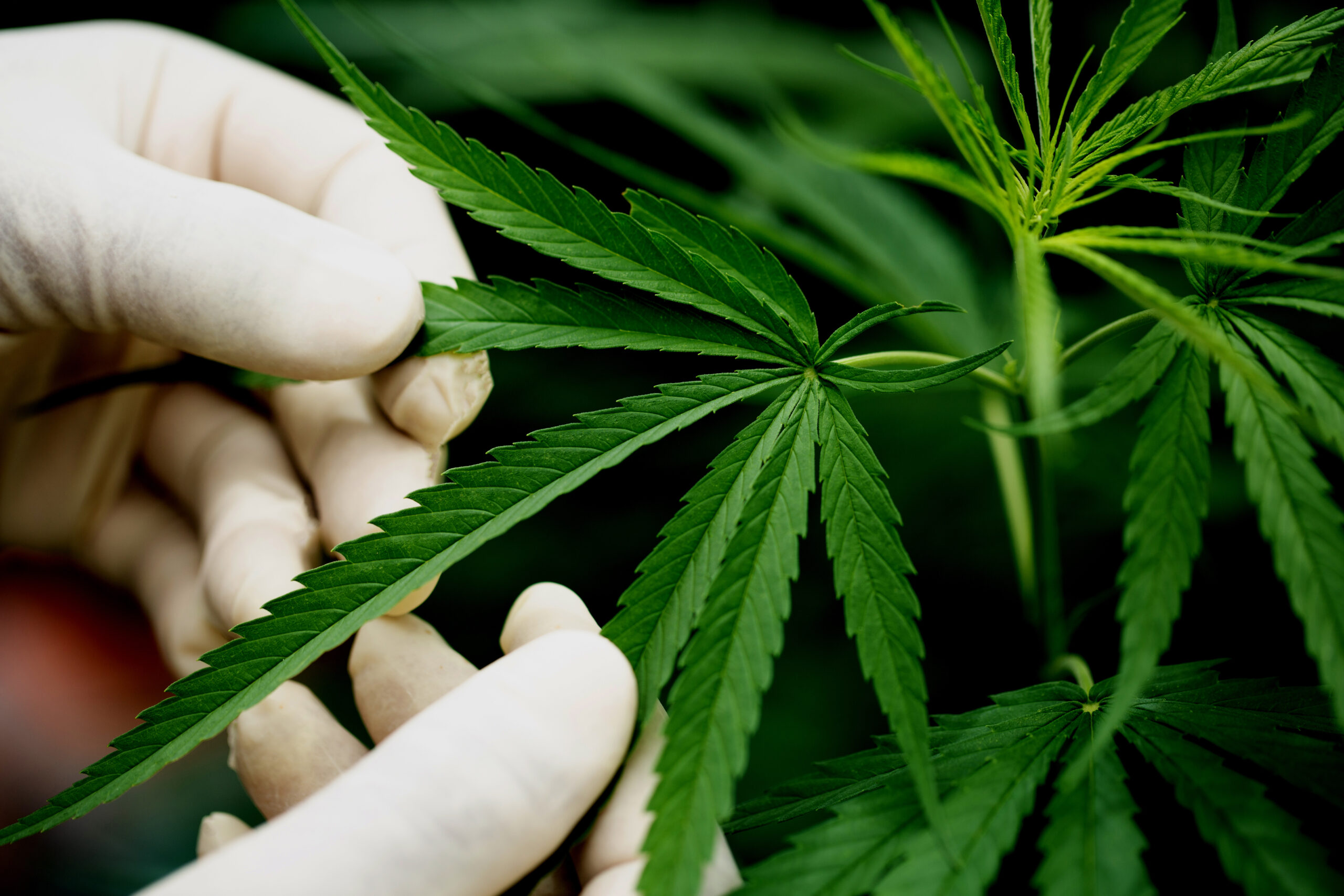
Tetrahydrocannabinolic Acid (THCA) is a non-psychoactive cannabinoid abundant in raw cannabis plants. Unlike its decarboxylated form, THC, THCA does not produce a “high” but offers several potential health benefits:
- Anti-Inflammatory Properties: THCA has demonstrated anti-inflammatory effects, making it potentially beneficial for conditions like arthritis and inflammatory bowel diseases (IBD).
- Neuroprotective Effects: Research suggests that THCA may protect nerve cells, offering potential benefits for neurodegenerative diseases such as Alzheimer’s and Parkinson’s.
- Antiemetic Effects: THCA may help alleviate nausea and vomiting, which can be particularly useful for individuals undergoing chemotherapy or experiencing nausea associated with other medical conditions.
- Appetite Stimulation: THCA has been noted to stimulate appetite, which can be beneficial for patients suffering from conditions like cachexia or anorexia nervosa.
- Potential Cancer-Fighting Properties: Some studies suggest that THCA may slow the proliferation of cancer cells, particularly in prostate cancer.
- Antioxidant Effects: THCA exhibits antioxidant properties, which can help protect cells from oxidative stress and support overall health.
While these benefits are promising, it’s important to note that most research is in the early stages, and more studies are needed to fully understand THCA’s therapeutic potential. Always consult with a healthcare professional before using THCA or any cannabis-derived products for medical purposes.
Best Practices for Using THCA Flower
Tetrahydrocannabinolic Acid (THCA) is a non-psychoactive cannabinoid found in raw cannabis plants. To maximize its benefits and ensure safe consumption, consider the following best practices:
- Source from Reputable Vendors:
- Quality Assurance: Purchase THCA flower from licensed dispensaries or reputable retailers that provide third-party lab testing results. This ensures the product is free from contaminants and accurately labeled.
- Choose Appropriate Consumption Methods:
- Smoking: Grind the THCA flower and roll it into a joint or pack it into a pipe or bong. Light it gently to avoid burning too quickly, allowing for even heating.
- Vaping: Use a vaporizer designed for flower to heat the THCA without combustion, preserving its potency and flavor.
- Raw Consumption: Incorporate raw THCA flower into smoothies, salads, or juices to benefit from its non-psychoactive properties.
- Start with Low Dosages:
- Gradual Introduction: Begin with a small amount to assess your body’s response, especially when trying a new consumption method.
- Monitor Effects: Increase the dosage gradually if needed, always staying within recommended limits to avoid adverse reactions.
- Store Properly:
- Maintain Freshness: Store THCA flower in an airtight container in a cool, dark place to preserve its potency and prevent degradation.
- Use Humidity Packs: Incorporate humidity packs to maintain optimal moisture levels, preventing the flower from drying out or becoming too moist.
- Be Aware of Legal Regulations:
- Understand Local Laws: THCA flower’s legal status varies by state and country. Ensure its legality in your jurisdiction before purchasing or using it.
- Consult Healthcare Professionals:
- Seek Medical Advice: Before incorporating THCA flower into your wellness routine, consult with a healthcare provider, especially if you have underlying health conditions or are taking other medications.
By adhering to these best practices, you can safely and effectively incorporate THCA flower into your wellness regimen, ensuring both safety and efficacy.
Common Mistakes to Avoid
Common mistakes when using THCA flower include buying from unreliable sources, which can lead to poor quality. To avoid this, always purchase from reputable brands with third-party lab testing. Another mistake is improper storage, which can degrade the flower.
Store THCA in an airtight container, away from sunlight and humidity, to maintain potency. Lastly, overconsumption due to lack of dosage understanding can cause discomfort. Start with a small amount and adjust according to your body’s response for the best experience.
Conclusion
To use THCA flower effectively, it’s important to understand the best preparation and consumption methods. Whether aiming for therapeutic benefits or psychoactive effects, options like smoking, vaping, edibles, or juicing provide versatility. Focus on high-quality products, proper preparation, and careful dosing to achieve optimal results. THCA flower can be a beneficial addition to your routine when used responsibly. Always consult local laws and consider seeking advice from a healthcare professional to ensure safe and effective use tailored to your needs.
